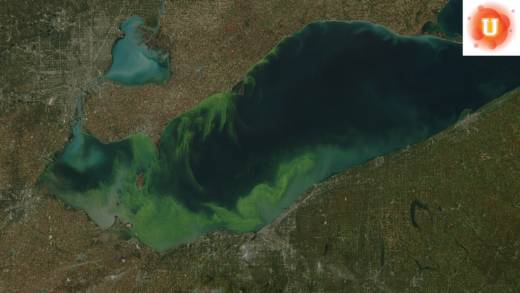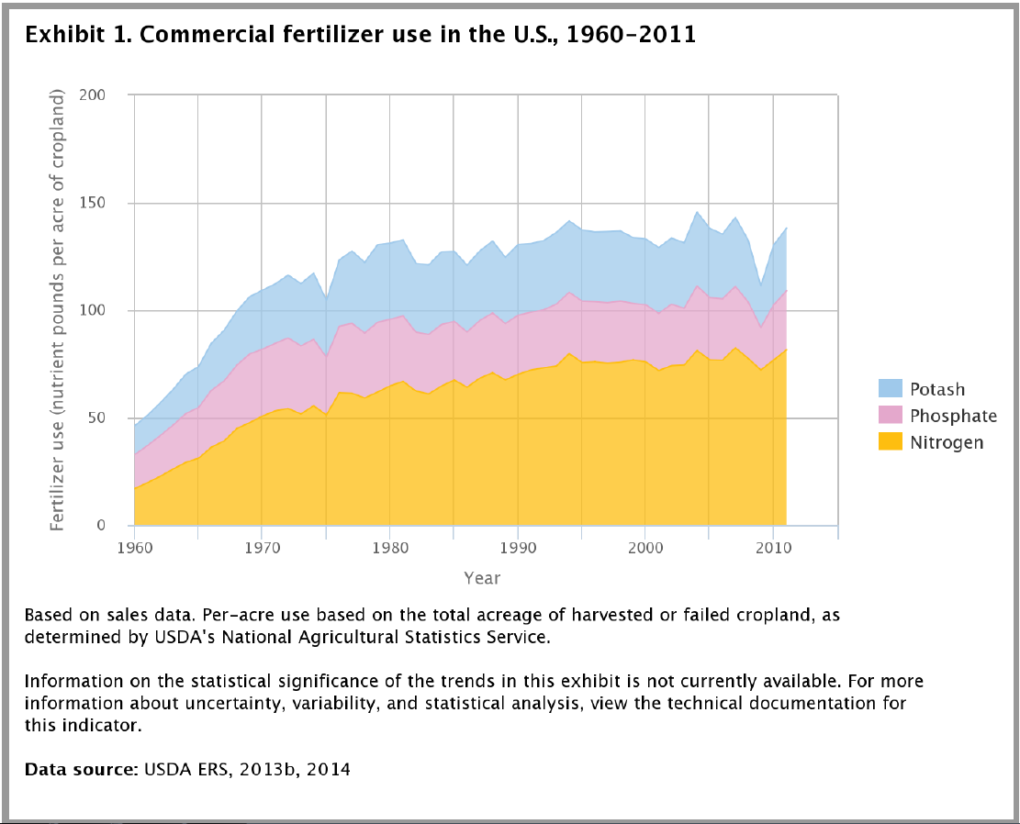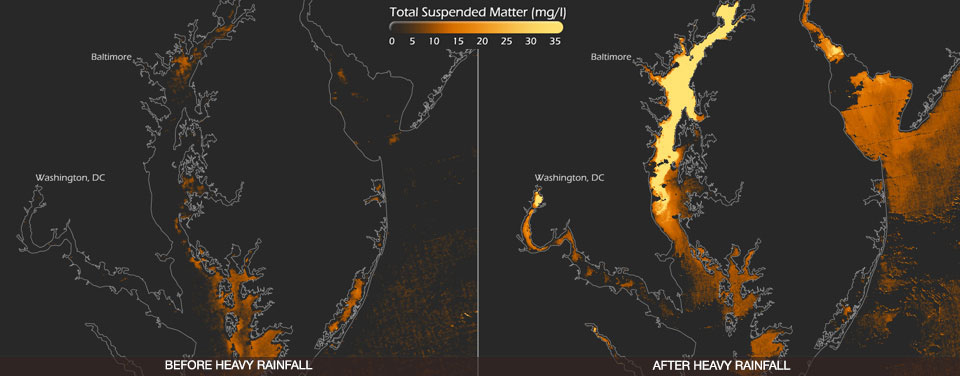This post is part of KQED’s Do Now U project. Do Now U is a biweekly activity for students and the public to engage and respond to current issues using social media. Do Now U aims to build civic engagement and digital literacy for learners of all ages. This post was developed by Collin Grayless, Aryn Long Suiter, Mariah Rodriguez and Robert Jackson, students in James Speer’s “Introduction to Environmental Sciences” class at Indiana State University.
Featured Media Resource
AUDIO: NPR
Lake Erie’s Toxic Bloom Has Ohio Farmers on the Defensive
This report from 2014 discusses the pollution of Toledo, Ohio’s drinking water and steps that farmers have been taking to reduce fertilizer runoff into Lake Erie.
Do Now U
Should the U.S. government restrict fertilizer use to improve water quality? Why or why not? #DoNowUFertilizer
How to Do Now
To respond to the Do Now U, you can comment below or post your response on Twitter. Just be sure to include #DoNowUFertilizer and @KQEDedspace in your posts.
Learn More About Artificial Fertilizers
Fertilizers have been used in agriculture since the beginning of domestication when animal manure was used to enrich the organic matter in soils. In the modern day, farmers use artificially produced fertilizer such as nitrogen, phosphorous, and potassium to increase growth and yield of their plants. Fertilizers can provide a benefit, but they can also contaminate freshwater and damage an area’s ecosystems. Nitrogen is a key element in fertilizer and provides necessary nutrients that encourage plant growth and increase yields. However, high concentrations contaminate surface and groundwater supplies. Phosphorus is naturally found in mineral deposits, but overuse causes an imbalance and creates water pollution. These three elements are also responsible for eutrophication in bodies of water. This is a process in which excess nutrients cause rapid growth of algae. As a result, the water turns green and becomes cloudy. As the algae die and decompose, the water is depleted of oxygen for fish and other species. Because this is nonpoint source pollution, meaning that it comes from the broad landscape rather than an identifiable source like a pipe or smokestack, it is harder to keep track of and especially hard to regulate and reduce.


